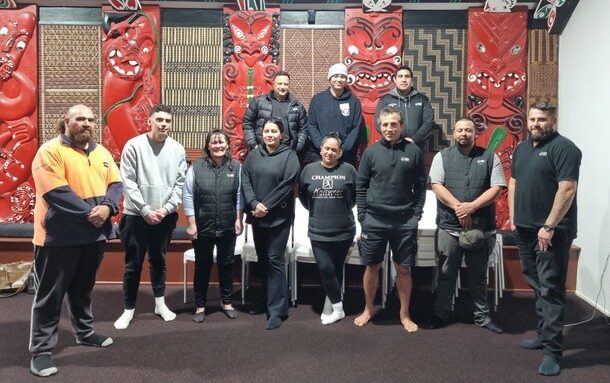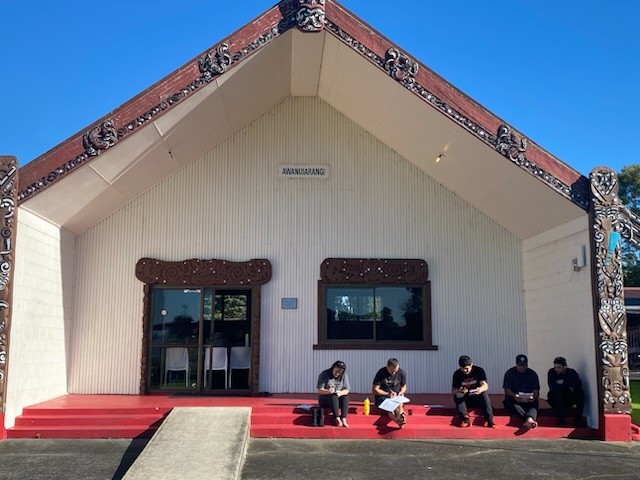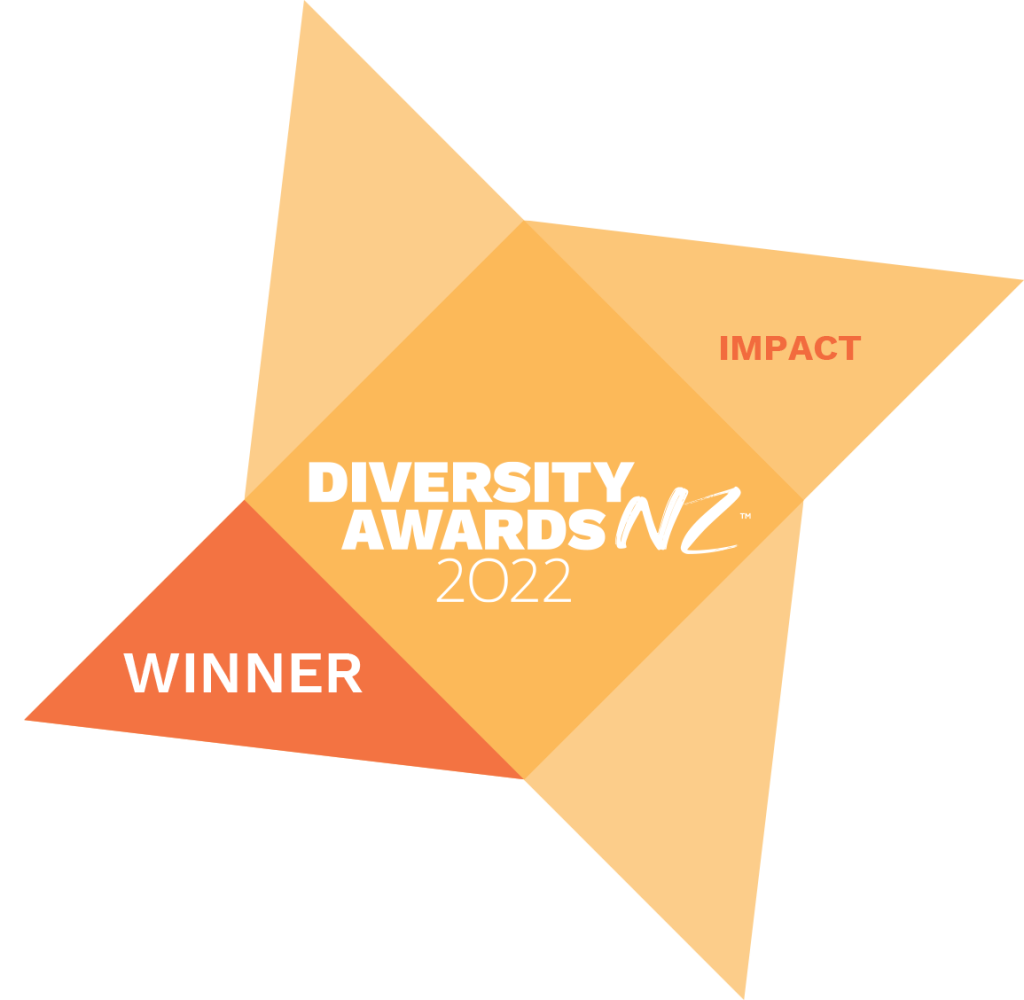Getting to know Andre
What inspired you to get into adult teaching?
I’ve always believed in the power of education to transform lives and whānau. My own journey through the Defence Force, business, and higher education showed me that learning as an adult can completely shift how we see ourselves and what we believe is possible. I was inspired to step into teaching to give others those same opportunities, to grow confidence, capability, and resilience in ways that carry into every part of their lives.
What keeps you passionate and motivated in this space?
Seeing learners discover their own strengths and unlocking their potential is what drives me. No matter what subject we’re covering, the moment when someone realises, they can achieve more than they thought, whether in their mahi, their business, or their personal life, reminds me why I’m here. Every group of tauira brings unique stories and perspectives, and that keeps me learning alongside them.
On He Muka Tangata
How do you ensure this programme connects with Māori learners?
I make sure tikanga and mātauranga Māori are woven throughout, not as an add-on but as part of the foundation. That means beginning with whakawhanaungatanga, creating space for kōrero, and recognising the strengths our learners already bring. I also take care to connect the content back to real-life whānau, hapū, and community contexts so it feels relevant and empowering.
What does culturally responsive teaching look like to you in action – day-to-day?
For me, it’s about respect, humility, and responsiveness. Practically, that means checking in on how people are feeling, being flexible with delivery, using te reo Māori where I can, and making space for collective learning, because so often, the richest insights come from the group, not the facilitator.

Success and impact
Can you share a moment that really stood out to you – where you saw a learner grow or flourish in a way that’s stayed with you?
One of the moments that has stayed with me most strongly was watching a cohort who came together from all over the country, many of whom had never met before, begin to truly connect within the marae and tikanga environment. At first, they were a group of individuals, but through pōwhiri, karakia, shared kai, and kōrero, something shifted. They began to see each other not just as classmates, but as whānau. The shared experience of tikanga created a sense of belonging and respect, and what grew out of that was a deep appreciation of te ao Māori and of the leadership each person could bring. Seeing those connections form, built on culture, trust, and shared values, was a powerful reminder of why spaces like this matter so much. Today, that cohort are very strong and remain in contact even outside of the Noho environment.
What changes do you typically notice in learners as they progress through, He Muka Tangata?
I often see a shift from self-doubt to self-belief. At the start, many learners question whether they belong in the space. As the weeks go on, they start to realise their experiences are valuable, their voice matters, and they can apply new skills straight away in their mahi and whānau. That transformation, from hesitant to confident, is the most powerful change.
Reflections and advice
What would you say to someone new stepping into a teaching or facilitation role with Māori and Pasifika learners?
Come with humility and openness. Don’t feel like you need to have all the answers, listen deeply, value the lived experiences in the room, and allow the learners’ voices to guide the journey. Building trust and relationships first will always lead to better learning outcomes.
If you could sum up your teaching style or philosophy in a sentence, what would it be?
“Creating a safe and connected space where learners feel empowered to discover their strengths and lead their own growth.”

Find out more
About He Muka Tangata our public course for emerging Māori leaders
About Te Puni Kōkiri Cadetships (exclusive to your organisation)






